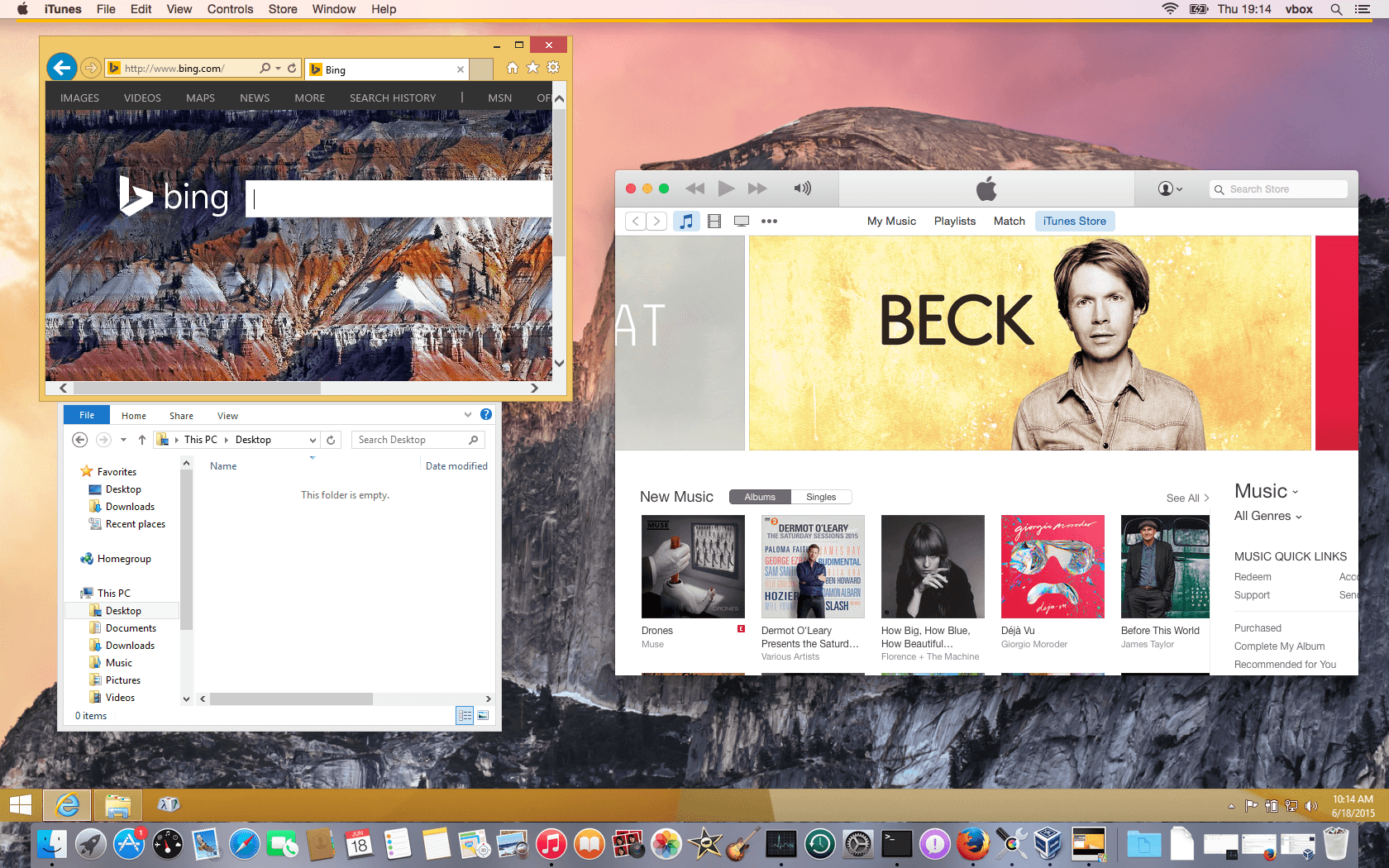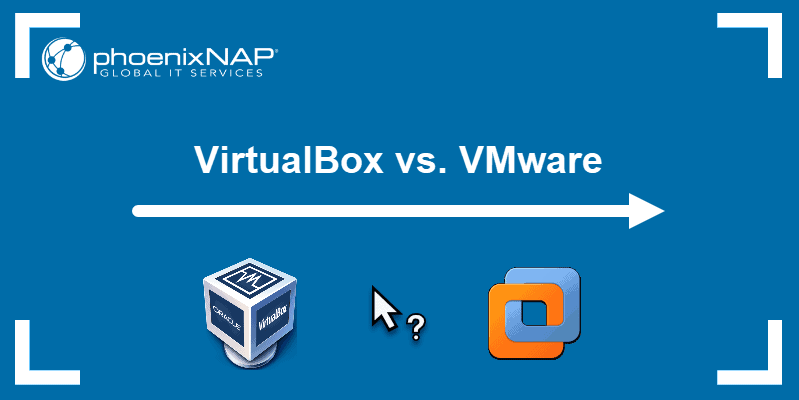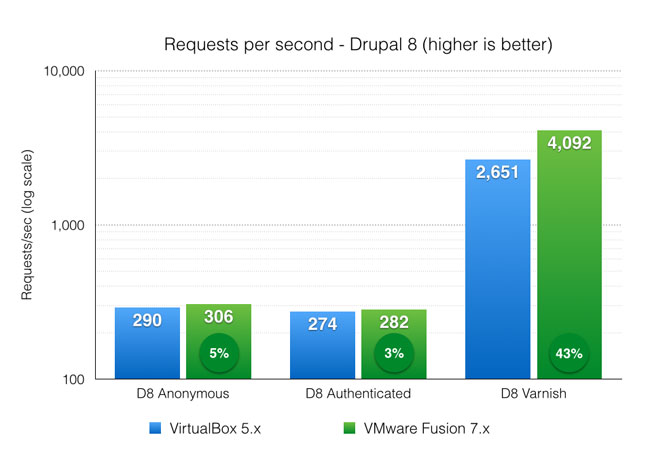
- VMWARE VS VIRTUALBOX MACOS GUEST INSTALL
- VMWARE VS VIRTUALBOX MACOS GUEST PRO
- VMWARE VS VIRTUALBOX MACOS GUEST SOFTWARE
- VMWARE VS VIRTUALBOX MACOS GUEST MAC
VirtualBox is used by IT teams and solution providers to lower operational expenses and minimise the time it takes to securely deploy applications on-premises and in the cloud. For example, on a single machine, a user can run many versions of Windows (Win7, Win 10) or Linux or any other operating system at the same time. Oracle VirtualBox, the world’s most popular open source, cross-platform virtualization software, helps developers to run different operating systems on a single machine. If you’re deciding between VirtualBox vs VMware, this article can assist you in determining which virtualization solution best suits your needs. It may be challenging to choose between VMware and Oracle VirtualBox virtualization solutions. Some of these features are shared by both platforms, but others are exclusive to each. Both platforms are quick and dependable, and they have a lot of cool features. VirtualBox is an Oracle hypervisor for running virtual machines (VMs), whereas VMware has many products for running VMs in various scenarios. In the modern IT sector, Oracle and VMware are leaders in delivering virtualization solutions. Multiple operating systems can be run on the same physical resources thanks to server virtualization.As a result, the number of dedicated physical servers required is minimised.
VMWARE VS VIRTUALBOX MACOS GUEST SOFTWARE
For software and operating system testing, virtualization has become the norm. Virtualization’s benefits include increased workload mobility, increased resource performance and availability, and automated operations, all of which make IT easier to manage and less expensive to own and operate. Virtualization can improve IT agility, flexibility, and scalability while also lowering costs. Tip: As a Parallels customer, you qualify for a discount if you decide to go with Fusion.In today’s modern IT world, virtualization is important concept.

These virtualizers never run perfectly smoothly, it seems, there are always problems and limitations. On the downside, I have not yet been able to resize the virtual display in Fusion despite installing VMware Tools utility within the guest OS the screen is stuck at 1024 x 768 resolution within the macOS guest OS. On the upside, I have not seen the disappearing mouse pointer as was seen in Parallels as linked in the Question.
VMWARE VS VIRTUALBOX MACOS GUEST INSTALL
I dragged that into the Fusion "new" VM dialog box, and it worked to install macOS in the new VM. (I doubt that, as Parallels did successfully make a macOS VM from my Recovery volume.) Anyways, I had Install macOS Mojave.app downloaded in my Applications folder. Unfortunately, when I chose that option it then reported an error saying I have no Recovery volume.

VMWARE VS VIRTUALBOX MACOS GUEST MAC
I currently run Mojave as a guest OS in VMware Fusion version 11.1 on a Mac mini (2018) with 32 gigs of RAM running macOS Mojave 10.14.5 as the host OS.įusion offered to create a guest OS using the Recovery volume of the host Mojave.

VMWARE VS VIRTUALBOX MACOS GUEST PRO
According to this product brochure page comparing the Fusion and Fusion Pro feature sets, there is an item listed that is checked for both editions:


 0 kommentar(er)
0 kommentar(er)
